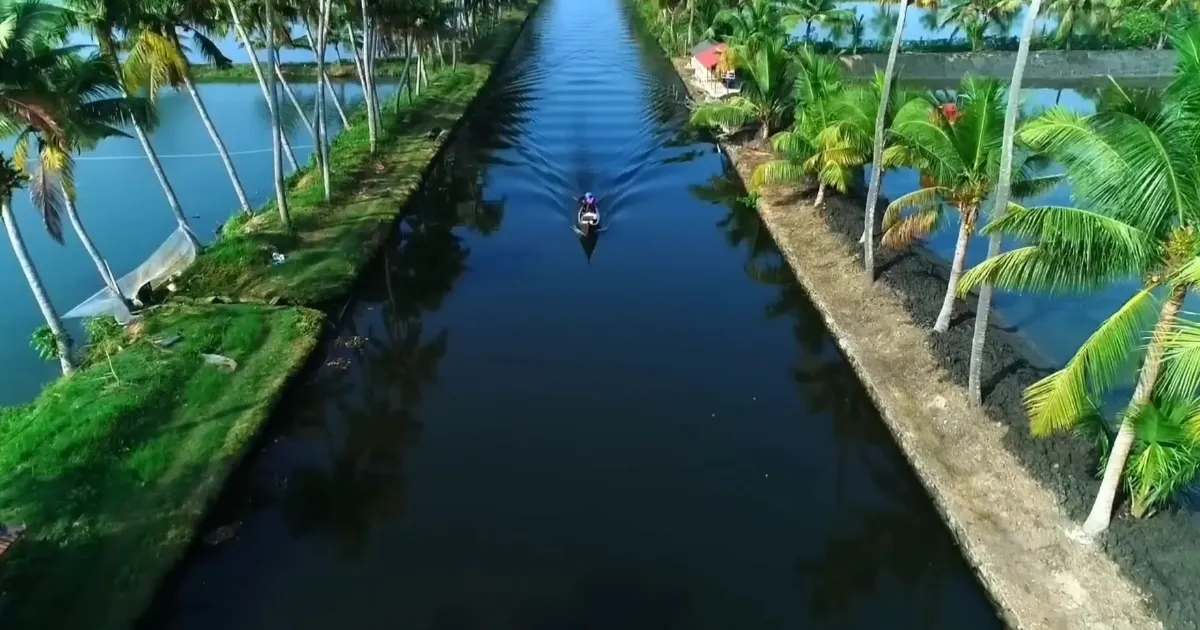Indian beaches, with their golden sands and palm trees, attract travelers worldwide. They seek the calm waters.
But timing is crucial. When do Indian beaches get rain? The monsoon, from June to September, brings heavy rain to popular spots like Goa, Kerala, and the Andaman Islands.
Knowing this can turn a potential rainy day into a sunny beach outing. This guide will explore the monsoon seasons along India’s coast.
It will help you avoid the rain or find joy in it for a unique experience. Prepare for a unique perspective on Indian beaches, where rain enhances their charm.
When is it Rainy at Indian Beaches?
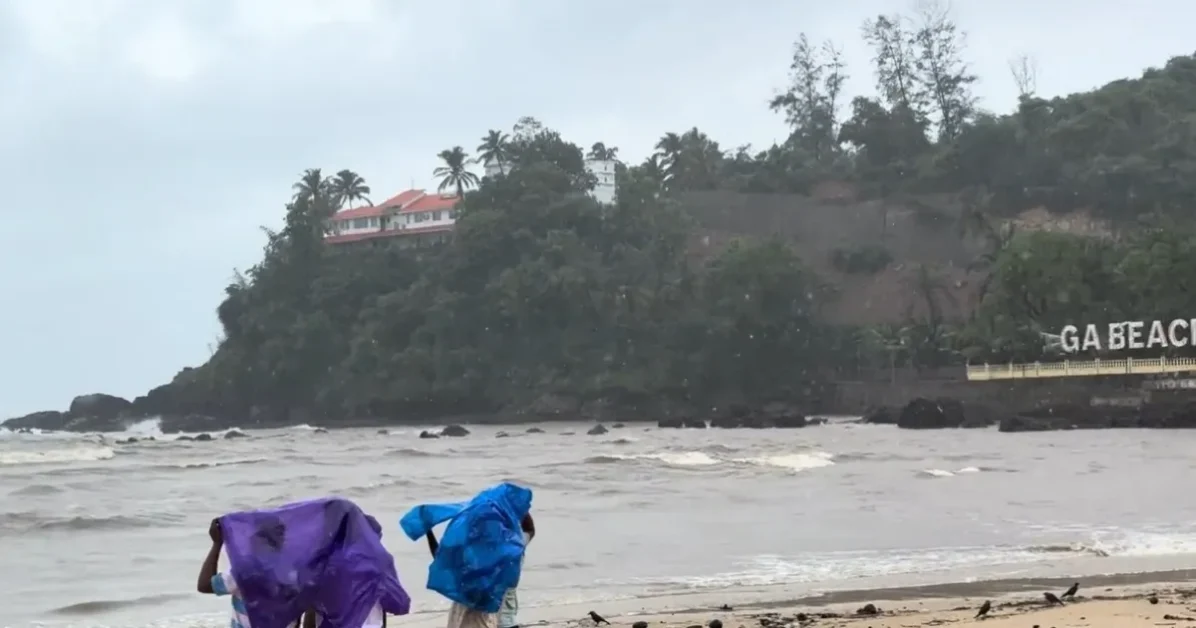
Timing is crucial for a beach vacation in India. The monsoon season, marked by heavy rain, varies by region.
In Goa and Kerala, it starts in early June and runs until September. Meanwhile, Tamil Nadu’s beaches see rain from October to December.
Understanding these patterns helps to avoid unexpected showers. It also aids in planning trips during dry months.
But the rainy season showcases India’s beaches in a unique way.
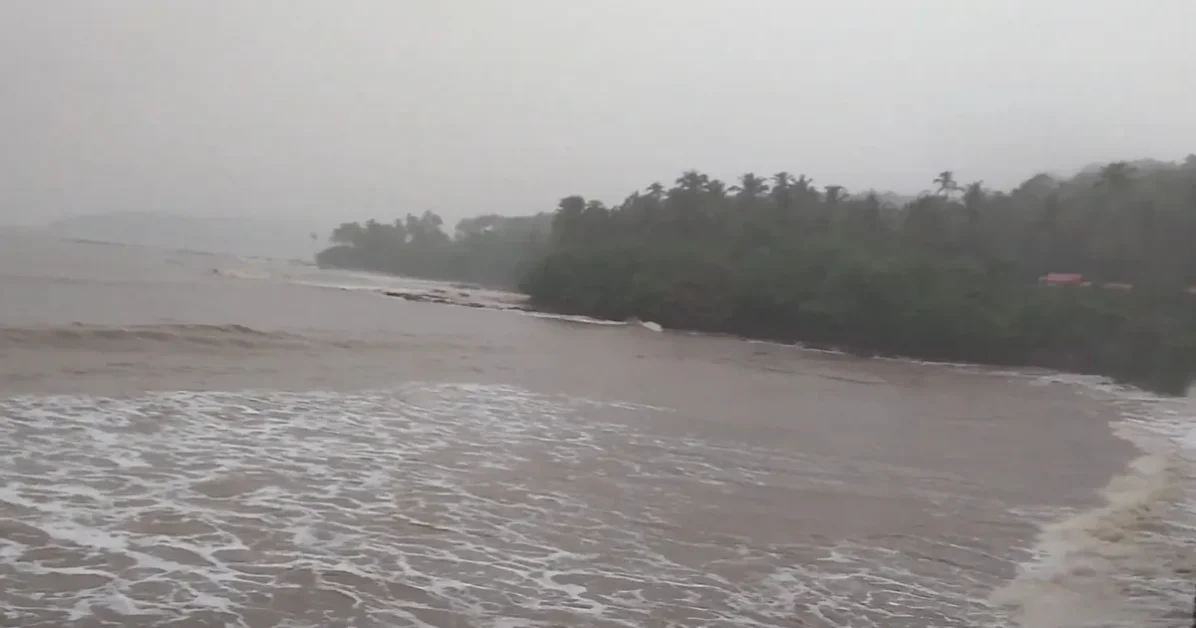
How Does the Rain Enhance the Beauty of Indian Beaches?
Rain transforms beaches into mystical places. Picture the gentle rain on Goa’s sands or the steady downpour in Kerala’s groves.
Everything turns vibrant green. Oceans tremble with powerful breaks.
Rain clears the air, brightens colors, and creates soothing sounds.
Travelers love this calm for reflection or quiet beach time. Thus, the rainy season is perfect for those seeking peace away from crowds.

Why Do Some Travelers Prefer Visiting Indian Beaches During the Rainy Season?
Visiting Indian beaches in the monsoon has unique benefits. First, fewer tourists mean more privacy and space.
You also get to see the local culture and lifestyle better, as it is often hidden during peak season.
Prices plummet for stays and flights. This appeals to budget travelers who want to see India’s beaches.
Also, the monsoon’s coolness attracts some people. It provides relief from the tropical heat.
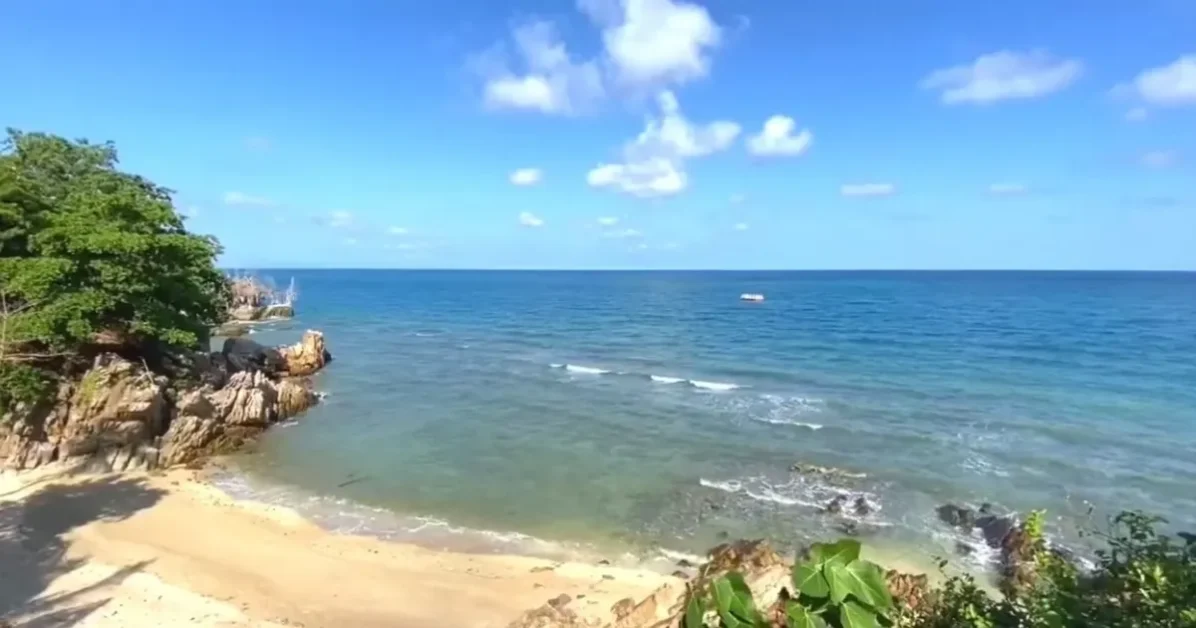
Which Indian Beaches Are Best to Visit During the Rainy Season?
India’s western coast, especially Goa and Kerala, is famous for its monsoon beauty.
But other beaches are also worth a visit during the rainy season. The Andaman and Nicobar Islands become a lush paradise.
They offer both adventure and peace. The rainforests flourish, and diving visibility improves.
On the eastern coast, Puri and Gopalpur in Odisha have a different monsoon experience.
They have lighter rains and are perfect for exploring local festivals and food.
Interested in a comparison? Check out the differences between India’s eastern and western coastal beaches.

What Are Some Activities to Enjoy at Indian Beaches During the Rainy Season?
Don’t let rain stop your fun! Indian beaches offer activities even in the rainy season. Enjoy a hot cup of chai at a café or explore local markets, despite the gray skies.
For the adventurous, it’s perfect for surfing. The waves are higher and more challenging. Follow safety guidelines and consult local experts first.
Prefer indoor activities? Join yoga or meditation classes at beach resorts. The calm, rainy weather is ideal for a retreat.
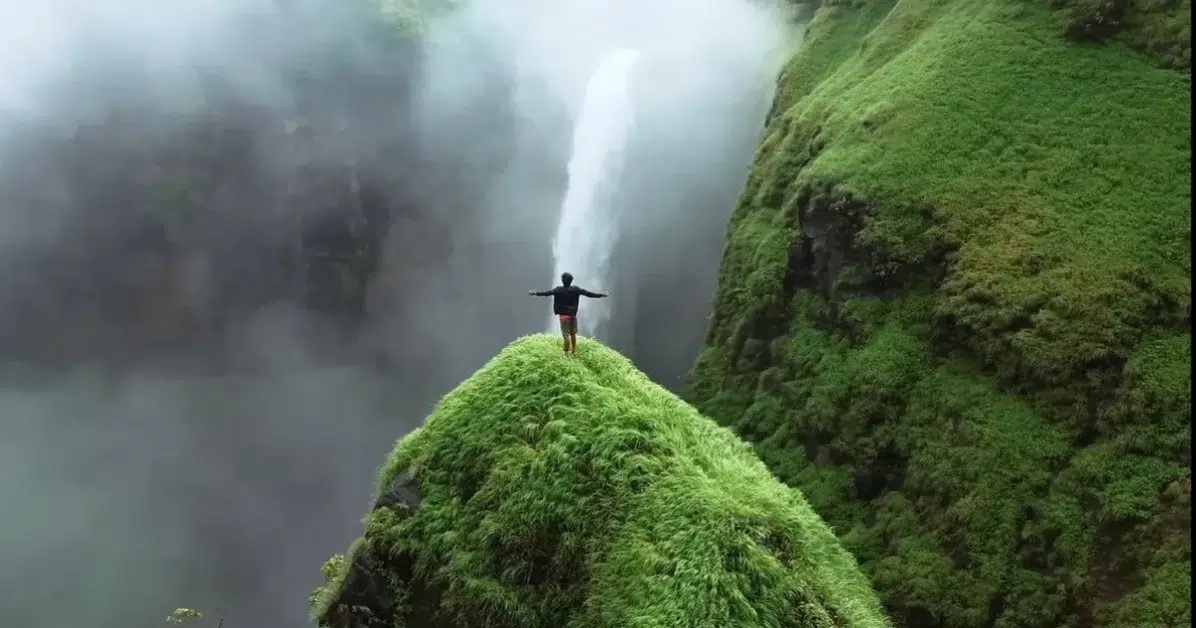
How Can You Stay Safe While Visiting Indian Beaches During the Rainy Season?
Safety is crucial at beaches during the monsoon. Be aware of sea conditions.
The ocean can have strong currents and high tides. Avoid swimming in rough waves.
Always heed local advice. Choose beaches with good safety measures and lifeguards.
Pack waterproof gear like shoes and jackets. Always bring an umbrella. This makes your trip more comfortable and enjoyable.

What Are the Local Experiences to Explore Near Indian Beaches in the Rain?
Monsoon is a great time to explore the local culture around Indian beaches.
In Kerala, the backwaters are vibrant, offering magical boat rides.
Meanwhile, Goa celebrates the rain with festivals like Sao Joao and Bonderam. They feature music, dance, and food. You can visit historical sites, temples, and museums.
They will keep you dry while you enjoy the culture. The rain is perfect for walks in the lush coastal areas.
There, you can spot unique plants, like mangroves. For more information, see “Do Indian beaches have mangroves or other special plants?”

Why Should You Consider an Off-Season Trip to Indian Beaches?
Visiting Indian beaches in the off-season rain offers a unique, unforgettable experience.
The calm, quiet environment fosters a closer bond with nature. Additionally, the hospitality is often more personalized and attentive.
Travelers who embrace the unexpected, like monsoon showers, create cherished memories.
Joy comes from dancing in the rain, watching stormy seas, and seeing the green of Indian beaches. It’s a rewarding, unmatched experience.
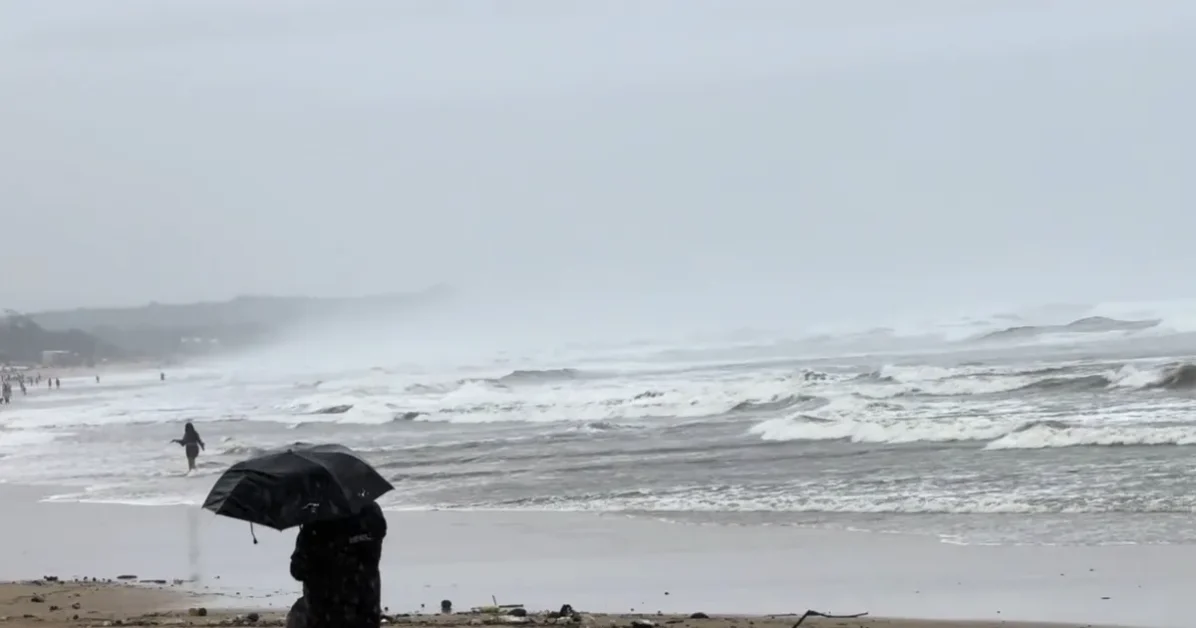
When is the Best Time to Visit Indian Beaches?
The monsoon season isn’t usually seen as perfect for beach holidays. It highlights Indian beaches in a distinct manner.
The rains add charm, quiet, and beauty absent in dry seasons. This season appeals to everyone: international tourists, locals, and bloggers seeking unique content.
A monsoon trip promises unforgettable beach experiences.
Ready to plan your monsoon beach getaway? First, explore our guides on Indian beaches’ features and composition. Don’t miss the chance to experience India’s coastal magic in the rain!
FAQS
The best months to visit Indian beaches are from November to February, during the dry, pleasant season.
While some enjoy the serene and lush environment, heavy rains can limit beach activities and outdoor fun.
Heavy rainfall in India typically occurs in July and August, depending on the region.
The monsoon season, from June to September, is when India experiences heavy rainfall.
Yes, but be prepared for limited outdoor activities and beach access due to heavy rains.
You can, but it may not be safe or enjoyable due to slippery conditions and strong waves.
